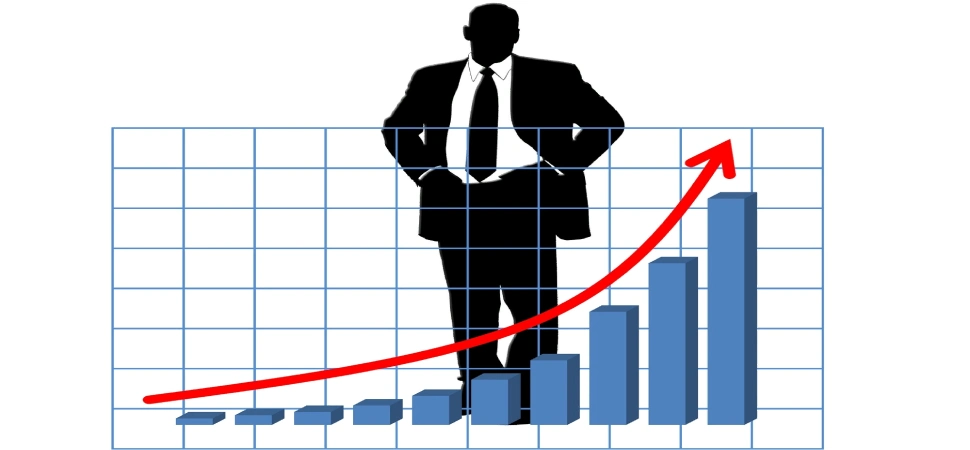17.01.2024
Евгений Лебедев
554

If you want to trade at a high level, you need to understand advanced strategies. These five will be the easiest for you to master.
1. Hedging
Hedging is one of the best trading strategies. With it, you will be able to cover potential losses on an open position. It will not help you increase your profits, but it will significantly reduce your risks.
The idea is to choose two pairs that are positively correlated. For example, you can choose EUR/USD and GBP/USD. Then you open positions on these pairs in the opposite direction.
This will allow you to offset any trading losses. Let's say you choose EUR/USD and open a short position. Then you hedge it, which means you open a long position on GBP/USD. Now if the dollar depreciates, the long position will cover your losses on the short position. If the euro depreciates, the losses on the long position will still be compensated by the second pair.
It is important to remember that as long as you have not closed your positions, the profit may be negative. In order to trade as much as possible, you need to pick your time. For example, to preserve your profits, you can open a hedge after you have closed your first position. All the profits you made before that are safe.
Use this strategy for insurance if you are afraid of making a loss.
2. Position trading
This strategy is a long-term strategy. In position trading, you hold your position from a couple months to several years. If you want to use it effectively, you need to know how to do fundamental analysis. In particular, you will need to analyze central bank policies, macroeconomic forecasts, and the overall economy.
First and foremost, you need to have enough funds in your account. Margin requirements can be a problem and should be avoided. Short-term fluctuations are also a nuisance. Your account should be able to cover them.
Overall, the strategy involves speculating on Forex price fluctuations. To make good profits, you will need quite a few indicators, for example - moving averages. They will allow you to find the right time to open and close a position. You can also analyze support and resistance levels.
3. Ichimoku Cloud
Another useful tool for your analysis. The Ichimoku cloud uses quite a lot of data. In particular, it takes into account several averages, momentum and market trends. The strategy may seem complicated, but it is effective. First, you need to plot these lines on the price chart:
- Tenkan-sen - conversion line;
- Kijun-sen - base line;
- Senkou span A - end of cloud A;
- Senkou span B - the end of cloud B;
- Chikou span - delayed duration or delay line.
You can do this with the help of a program. After plotting the chart, you will get a cloud - indicator that will help you determine hypothetical support and resistance times. If end A is above end B and forms a bullish cloud, the trend is up. If it is the opposite and you see a bearish cloud, then the trend is downward.
Now if the candle is below the cloud, you should similarly wait for a downtrend. Similarly, the trend will be upward if the price is above the cloud. But if the price is inside, it is too early to make predictions. The Ichimoku cloud requires practice, but the more often you use it, the easier it will be in the future.
4. Options
In short, an option is an agreement to buy a currency pair at a certain price at a certain time. You don't have to make the deal right away and you don't have to pay out to a third party. You can buy or sell the currency later.
Another plus of options is that you don't have to buy or sell the underlying currency if you change your mind or circumstances are different. You will lose, of course, but the risk will be small. It may be limited to your initial deposit.
For example, you take a long position in EUR/USD. The level at the moment of opening is 1.2000. Then you see that overnight the level may drop to 1.1600. Then you may decide to use a stop loss at 1.1550 and limit your losses.
Instead, buy an overnight option with the same strike price. If the rate does not fall to the 1.550 level, you will simply pay the price for the option. If the rate does reach that level, your loss will be reduced by the amount of profit you make on the option.
5. Non-Farm Payrolls (NFP) Trading Data
NFP is one of the most important indicators of US economic growth in the global Forex market. The NFP report shows the number of non-farm jobs created in the US during the previous month.
This Non-Farm Payroll Change report reflects the level of activity and the state of the US economy. Traders and organizations often use it to determine whether to invest in the U.S. dollar or other world currencies. The more popular the U.S. dollar, the higher its value, and vice versa.
The monthly release of NFP data is important for Forex traders. They often generate volatility. This allows you to trade on the market reaction to the report and increase your exposure through CFD trading. This is how you get access to extended trading hours in the US markets and can trade after hours on over 70 key US stocks and indices.
